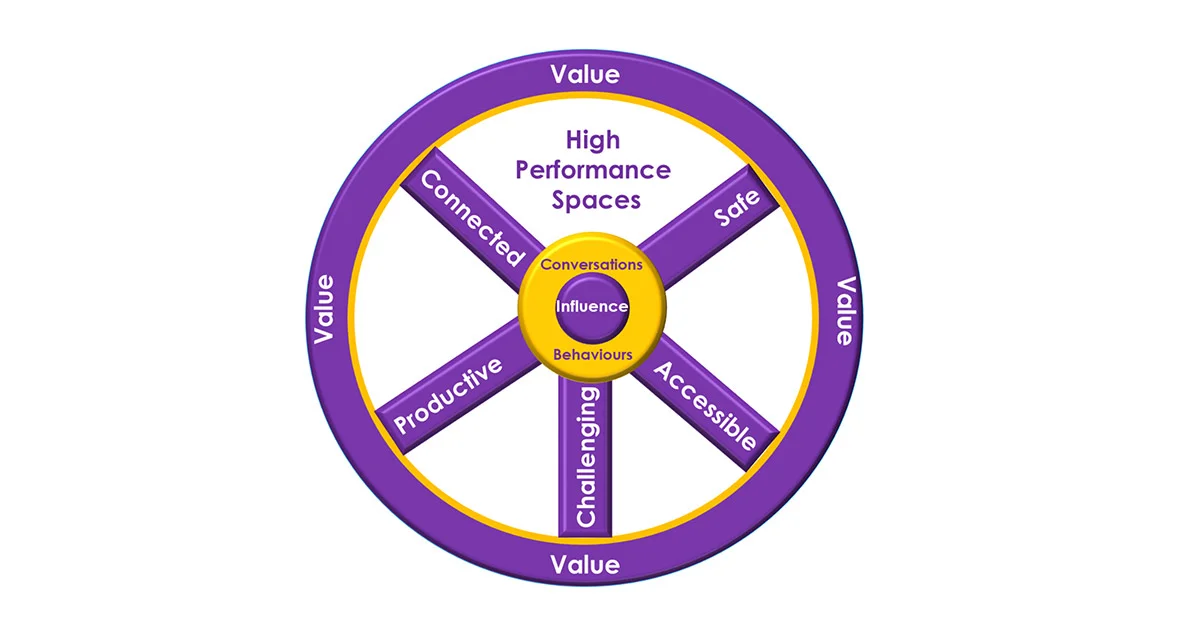Is Team Conflict Beneficial?
In his book “The Five Dysfunctions of a Team”, Patrick Lencioni lists one of those five dysfunctions as being the “Fear of Conflict”.
While I have no problem with the point made by Lencioni I do have a problem with jumping to the conclusion, as many seem to have done, that conflict is good and even desirable.
If you Google “conflict” it will reveal definitions such as;
“a serious disagreement or argument, typically a protracted one”.
“be incompatible or at variance, clash”.
…and you will find synonyms such as incompatible, irreconcilable, incongruous, bad blood, hostility, clash, shouting match etc.
That is not what I would want in any team in which I am involved. I don’t think such an environment is going to be particularly productive or enjoyable.
So, how do I make sense of Lencioni’s “Fear of Conflict” comment?
To explain my thinking on this I will look at three broad types of conversation:
Level I:
The harmonious conversation. Maintaining harmony, at any cost, is the unwritten law of these conversations. The real issues do not get discussed because the fear of conflict prevents us from doing so. Polite respectful but ineffectual.
Level III:
The conflict conversation. This is what is being referred to in the definitions above – serious disagreement often accompanied by bad blood, hostility etc. This can come about because the business has mounting critical problems that will not be dealt with by having harmonious conversations. This space is often characterised by blame, egos feeling threatened and poor listening.
If these are the only two alternatives, I can see why the fear of conflict will stop us from having the conversations we need to have. But there is a third type of conversation.
Level II:
The ‘challenging’ conversation and I differentiate it from conflict, which I categorise as a threatening conversation. This conversation is characterised by open conversations where people are not afraid to express their views, respectfully, in an environment where they will be listened to. One where people take responsibility. An environment where the elephants in the room can be named and addressed. Yes, it can and should be challenging, but it should never be threatening.
Being able to communicate at this level is a skill that, in my experience, not many teams or organisations have. It requires a level of maturity and EQ that not many people seem to be able to muster.
Diverse views can lead to conflict, but they don’t have to. The best outcome occurs when we harness the energies of diversity.
If your people are unable to have a level II conversation, then you are stuck with either a level I or a level III conversation – neither of which are particularly productive. And the fear of conflict will often stop the team or the organisation having the level II conversation it needs to have, until it doesn’t. Thus creating conflict.
If you want your business to be more productive learn how to have the challenging conversation.
Warwick Cavell is a Profitable Conversations Mentor, Business Strategist, Facilitator and thought leader in communicating for results. For over 25 years, he has helped professional service firms and not-for-profits grow and improve business performance by changing the way people communicate and problem-solve to meet business challenges – both internally and with their clients.












